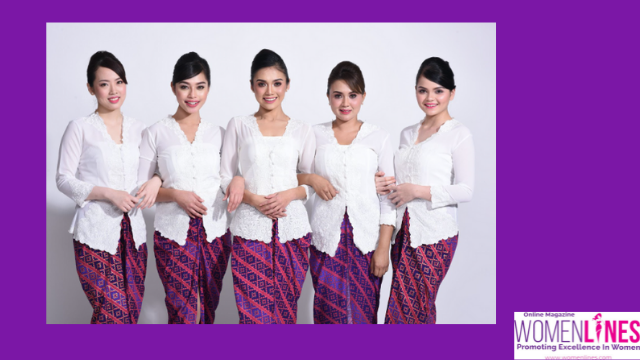Company uniforms are vital for developing a positive image for your brand, but they are also significantly more than simply how they appear. You need to factor in everything from health and safety to fabric choosing and supply management.
Here, we look at some of the things that you need to take into consideration when designing a comfortable and practical uniform for your staff.
How does it fit in with your workplace?
In order to design a uniform, it is necessary first to understand the type of working environment – or experience – you are attempting to create, as well as how a uniform may fit into that setting. Take note of the interior design; is it contemporary? Formal? What colours do you see in the room? Consider the brand logo as well – how visible is it throughout the organisation? Carry out more research to obtain a feel of modern uniform design in contexts similar to your organisation.
Know your staff
It is always crucial to consider your organisation’s demographics when making decisions. Are they in their twenties? Older? Or is it a combination of the two? The importance of designing a
uniform that will complement your staff cannot be overstated. It is also crucial to develop an outfit that your employees will like wearing – and be proud of.
The notion of a uniform is changing, thanks to the influence of millennials, who take a more relaxed attitude to their jobs and work surroundings. This implies that you should consider how to strike a balance between the uniform and your employees’ personalities. Are you attempting to conceal everything in the same manner? Or do you want to give your employees greater freedom to express themselves through their own attire?
Make sure it is practical for the job.
However, while it is crucial to have a uniform that looks good, do not lose sight of the fact that it has a functional purpose as well – it must be appropriate for the work at hand and transmit the appropriate message to consumers. For each of these reasons, distinct job positions may necessitate the use of different uniforms. For example, at a restaurant, you may want the manager to wear a distinctive uniform so that if a client has a problem, they can quickly identify who might be able to assist them. Because they will be moving about a lot, the bar personnel may require shorter aprons, while sleeve garters are excellent for keeping garments away from food and beverages while they work (while also presenting another opportunity to add a flash of colour or detail).
In general, a uniform has to be able to perform better than your average, everyday garment. Quality should always be the first consideration. Keep the uniform as simple as possible for smaller businesses; you could buy simple, good, quality shirts and use an Industrial embroidery machine to add your staff logo and names.
What color do you want?
Do not be too exact with your interpretation when it comes to color. A lot of people take the brand colors and use them in a literal sense, it can be a lot more subtle than that; keep this in mind when borrowing colors from the interior – what looks fine as décor, chairs, or signs may not always transfer well into apparel. Make an effort to be more modest. Consider using a different color for the uniform or layering colors to create a more interesting look.
Locate a reputable uniform provider.
There are a variety of reasons why your supplier is significant. When it comes to uniforms, you want to ensure that they are of great quality and that you can give them in a variety of sizes. The last thing you need is to approve a uniform only to discover that it cannot be printed in the sizes you want for certain of your employees.
Having a reliable source contributes to another aspect of uniform design that is sometimes forgotten by businesses, namely the preservation of the uniform over the course of time. When it comes to uniforms, they will suffer from wear and tear as well as being spilt on and damaged, especially in the food and hospitality industries. While this should inform your design in the first place, having a reliable source is critical to ensuring that you can get replacements as soon as you need them. Even yet, it is best to be prepared just in case. It is always a good idea to have an extra supply of your core sizes on hand so that there is always enough to go around.
Follow Womenlines on Social Media














